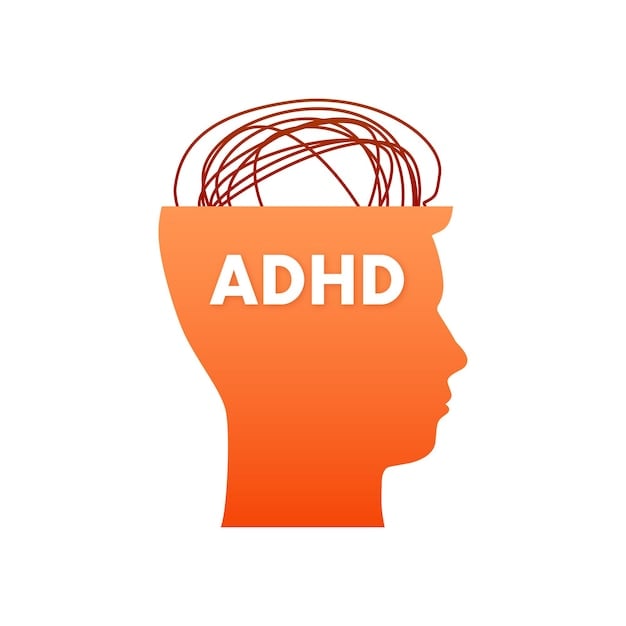I’ve realised this is something I drastically need to implement into my life. I’ve had minor successes with meditation in the past but it never really sticks. I’m not great at sitting still and I also have back issues so struggle to sit up straight for long periods.
So I’m wondering if you do any mindfulness practices, what has worked for you?
Honestly, sometimes I lie down on my back when doing mindfulness. I’ve only just started trying to make it a regular practice, but I’ve been using an app called Medito. It’s an app developed by a nonprofit organisation, that you can donate to. I really like the daily meditations on there. You can start doing daily meditations for as short as 3 minutes, as you can select different time lengths that you would like to use that day. With starting a new habit, its always good to start small and build up, to make it more achievable to do on a consistent basis. I am also in a position where I really need this, as my attention has been so bad lately.
Non profit mindfulness apps are so much nicer when you don’t have the ads or pressure to go premium. Healthy Minds is another one by a non profit that I use.
Thanks for sharing this. I’m so sick of the data hungry “health” apps or overpriced apps stuffed with platitudes and pseudoscience/pseudo spiritual guides that never shut up
My preferred method is yoga (often Yoga with Adriene on YouTube), then meditate in corpse pose. Sometimes I’ll do a guided yoga nidra meditation on YouTube. Taking a leisurely walk through the park or woods while taking care to notice the surroundings is also nice.
I like Yoga and Pilates for mindfulness, you really do have to pay attention to how you move.
I am practicing DBT daily. You can do a light activity with what’s called “one mindedness” where you focus all your attention on that single activity, and do it slower than you normally would, no harsh or abrupt movements, and just throw yourself into what you’re doing, slowly and mindfully.
I did it for a while, but then the habit slipped and I haven’t gotten back into it.
i set a couple alarms at different times. they are labeled self check-in, did you eat, & take a shower. each of those sometimes only takes 30 seconds, some 30 minutes or more. each time it is an act of mindfulness
I’ve found that “living in the moment” is the best way I can describe it. Instead of thinking about what’s next, like upcoming appointments or responsibilities just watch, look, and listen to your surroundings. You can be sitting, standing, or anything in between. Your body position or location do not matter.
Even while in a room alone, try to think about the things around you. What do you see? What do you hear? What is that smell? If you’re eating something, how does it taste. Do you feel the breeze as it flows across your body? The more you can identify and the more detailed you can be in answering these questions the easier mindfulness becomes. I find it helpful to think about the things I’m experiencing individually. Trying to take it all in at once is sometimes overwhelming and causes me to lose mindfulness.
There will be intrusive thoughts and your mind will wander. This is normal and when you notice it happening go back to thinking about your surroundings.
To me the most important part of mindfulness is recognizing your existence in your environment. So take everything you are experiencing and think deeply about how you are a part of it all. For example, the sounds would not be the same without you. Some sound waves are absorbed and some bounce off your body and back into your environment. You’re an integral part of the world around you. It wouldn’t sound the same without the sound waves bouncing off you and back into the environment. Try to understand your impact on your surroundings. Appreciate the opportunity to experience these things. Cherish the understanding of yourself and your environment that you begin to develop while practicing mindfulness.
Now take another look, listen, and smell. Then try to identify more and think deeply about those things and how your presence is part of it all.
So I do this to some extent when I exercise or am out for a walk.
Thanks for the advice.
Removed by mod
Recently started. 3 weeks ago or so. I mostly lay down in my bed to be honest. The way you sit is not important here. Get comfortable and make it a habit. Better to be done “sub optimal” than not at all.
I do both guided and just by myself. Tried like 4 different apps, Balance’s guided meditations resonated best with me and is free for a year.
But honestly, it’s not about the right app, the right position and whatnot. Just get started. I do 10-15 minutes before bed every day. Most days I feel like doing more, and that’s fine, I do. But my crucial habit one is always right before bed.
I have been meditating more-or-less daily for > 10 years. It is a very useful practice, depending on your goals. It’s good to ask yourself why you want to meditate, so you can tell if it’s working or not. It’s a bit of a chicken-and-egg problem if you don’t know what other people get out of it, though, so here are a few things that I have been aiming for, and how well it worked for me.
Nibbana / Cessation
Many practitioners have spoken of a mental state where thoughts cease, and time seems to pass in an instant. It is supposed to be a transformative experience according to most traditions. You are a wiser, calmer and more caring person from that point forward.
I was seeking this for a long time, and I say it’s bullshit. (Or maybe just not possible without becoming a monk & practicing all day every day, which is the same thing when someone tells you it’s posslble to get there in 30-60 minutes per day.)
Feel happier / less anxious
Anxiety and depression are things a lot of people with ADHD feel. I have found that daily practice really does help with this. Breath meditation improved my mood and gave me a bit more peace, but a “metta” style (I mostly follow a practice called TWIM) works really well for me.
Make better decisions
You wouldn’t think that this would come from just sitting there focusing on your breath (or in the case of metta/TWIM, on a warm, happy feeling), but it does for me. I think that the reason I tend to eat better, exercise more, etc, come from a better understanding of my own mind. There is so much noise in most people’s minds (and probably more than average in our ADHD minds), that sitting down to meditate feels like your brain suddenly went into overdrive & you can’t focus on anything. The truth is that meditation lets you notice that your mind is always like this. Realizing this (the constant state of distraction) helps me trust my gut reactions less, and rely on logic more.
Improve your focus
Meditation helped me build more focus. Even though you can’t really keep your attention on the meditation object for more than a few seconds at a time, constantly (and gently - it takes a long time to learn to be more gentle) directing it back over & over again “builds that muscle”. Meaning, I’m able to redirect my attention like non-ADHD people seem to, more of the time.
Caveats
Maybe I can save you a bit of struggle, or maybe you need to suffer through it yourself. In any case, here is some additional advice, if you want to pursue this:
- Don’t worry about the mystical parts of meditation, unless you find that motivating. It can be purely secular & still be effective (and maybe even “spiritual”).
- Don’t try to follow the standard advice for duration. I’d suggest starting VERY small / slow. Just 1-5m per day. If you haven’t meditated, it will seem like you’re trying to herd cats with even that much time, at first. I was doing 45-60m/day for over a year, and it was unpleasant. I do 15-30m per day now (most days, 15-20), and I get a lot more benefit from it because it’s relaxing.
- Do follow the advice on frequency. This is something best done every day. Put it on your calendar until it’s a habit.
- Smile while you do it. You don’t have to put on a huge grin (though I often do - it just feels natural now).
- Don’t worry if you forget a day, or a week, or a month. It will still be available to you if/when you come back to it.
- Get a random reminder timer (I use an android one called “Randomly Remind Me”) to ping you a few times per day, and do a mini meditation. I find that I can get MUCH calmer with just 3 slow breaths or a reminder to do “6 R’s” (see TWIM, above) for 30 sec.
Good luck!



